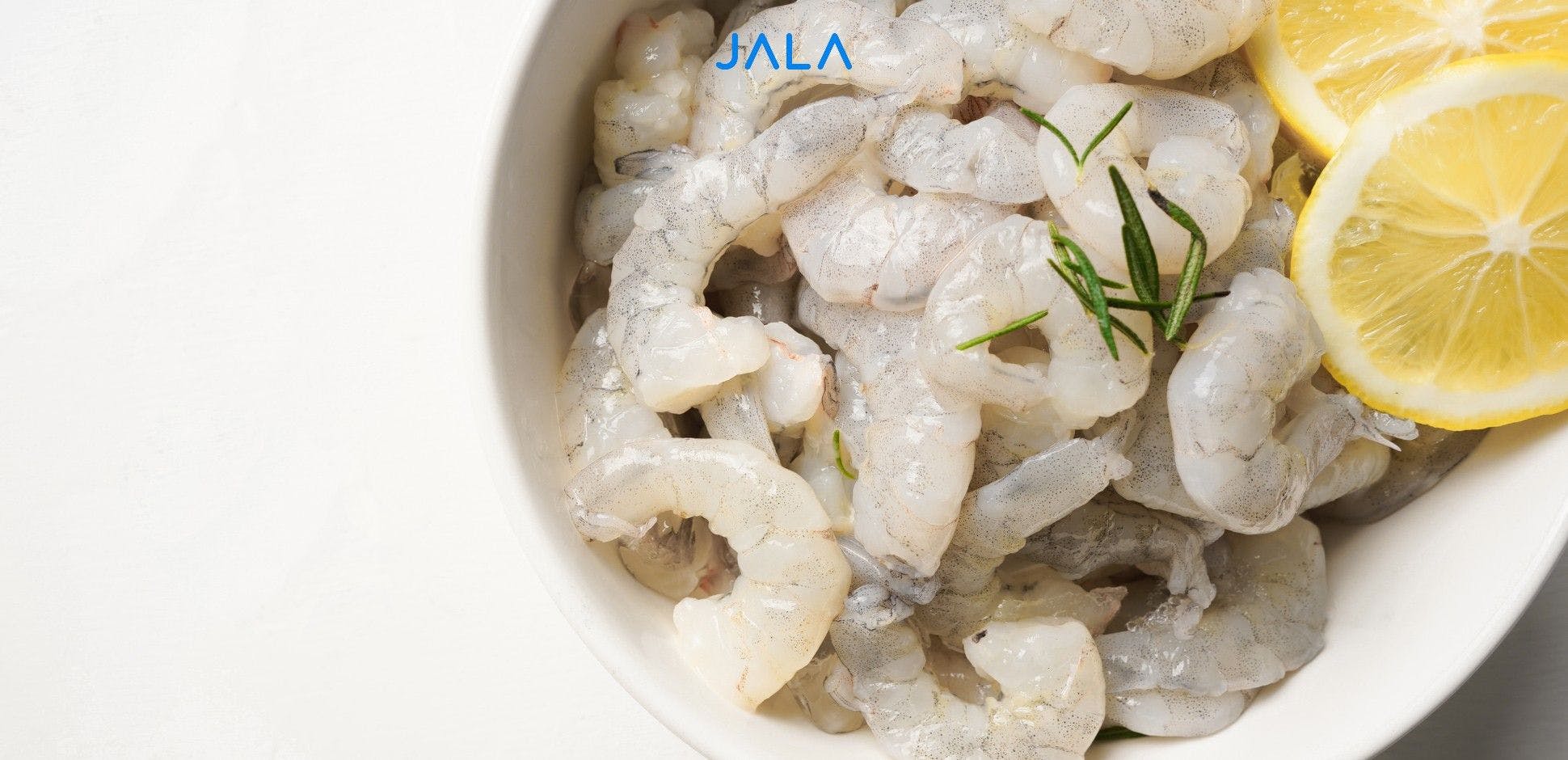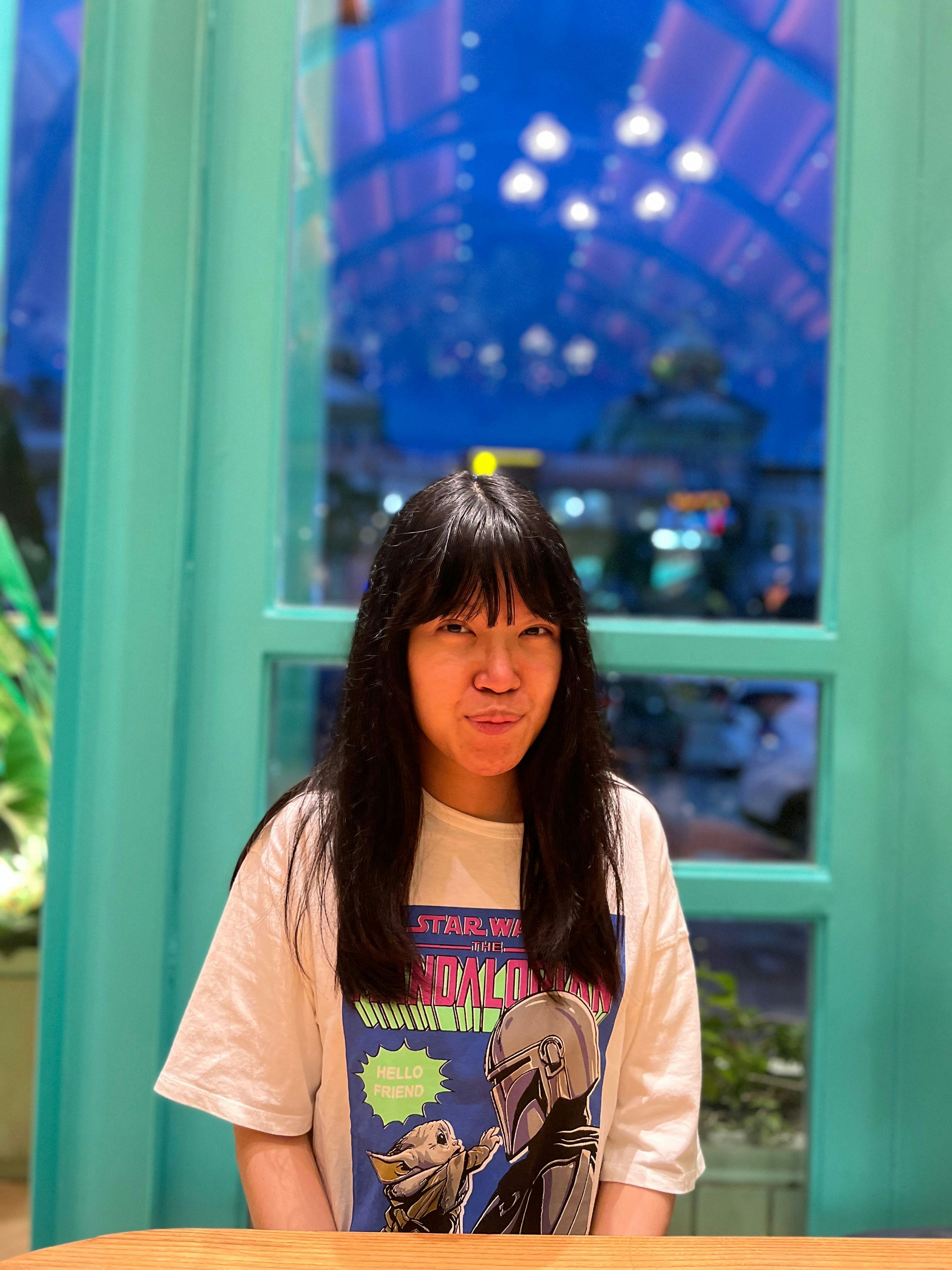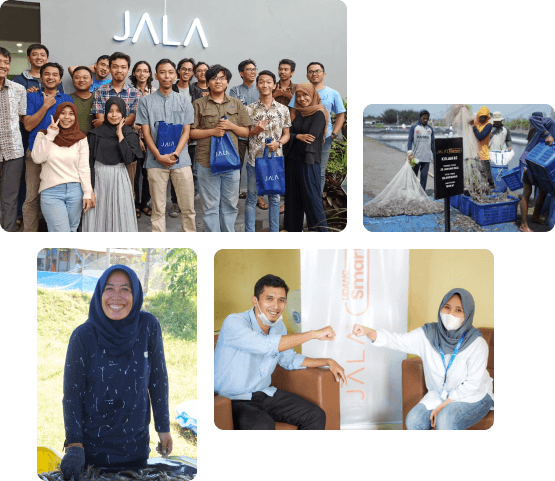
Every 21 November is commemorated as World Fisheries Day. The occasion is not just a global event, as Indonesia also celebrates National Fisheries Day (Hari Ikan Nasional or Harkannas) on the same date annually. What is the purpose and history behind World Fisheries Day and what is its significance for the aquaculture industry, particularly shrimp cultivation?
History of World Fisheries Day and Harkannas
World Fisheries Day was first commemorated in 1984 and was established by the Food and Agriculture Organization (FAO) to raise global awareness about the importance of fisheries and aquaculture resources. FAO also emphasized the significance of sustainability in the industry, as well as improving the wellbeing and ensuring the rights of workers, especially in small-scale fishing communities.
In Indonesia, National Fisheries Day (Harkannas) was also set by the No. 3 Presidential Decree in 2014, based on the consideration that Indonesia is an archipelagic country which has high fisheries potential that needs to be optimized in a sustainable manner. Through Harkannas, it is hoped that there will be increased awareness about the importance of enhancing the quality of Indonesia's human resources and supporting national food and nutrition security, as well as education about fish as a high-quality protein source.
The Significance in Aquaculture and Shrimp Cultivation
Meskipun Harkannas dapat dikatakan lebih berfokus pada jenis pangan ikan, namun terdapat beberapa makna dari Harkannas yang dapat dipetik sebagai pengingat bagi petambak udang dan siapapun yang terlibat di sepanjang rantai produksi udang:
Although Harkannas is mainly focused on fish, there are numerous values from this occasion that can be a powerful reminder for shrimp farmers and anyone involved in the shrimp production chain:
1. Ensure sustainable production
A cultivation that reaps high profit but does not prioritize sustainability cannot be considered a success. Sustainable cultivation must fulfill three aspects: ecological, economic, and social. Ecological sustainability means cultivating without harming the environment. Economic sustainability ensures that cultivation can continue profitably, and social sustainability states that cultivation does not disrupt the social environment, but instead brings positive impacts.
One of the simplest ways to ensure sustainability, but still needs to be implemented by all farmers, is maintaining water quality. Water quality should be monitored to ensure that the water provides a safe and ideal environment for shrimp growth. It's not enough to stop there; wastewater also needs to be treated properly prior to disposal to minimize the risk of environmental degradation.
Read more: The Function and Benefits of Wastewater Treatment Plant in Shrimp Farms
2. Increasing education to all farmers
To achieve a more productive and sustainable shrimp cultivation industry, education must be prioritized for farmers at every cultivation level. Farmers who cultivate shrimp at a massive scale should be educated about the importance of maintaining environmental balance, as the more intense the cultivation, the bigger the impact on the environment. Moreover, education doesn't always have to be one-way, it is best done two-way through mentoring or farmer groups and communities to provide a discussion space for exchanging insights and information.
Read more: The Benefits of Joining the Cultivators Group
One initiative by JALA as an end-to-end shrimp farming solution is collaborating with local farmer groups in various regions. In addition to improving shrimp farming productivity, JALA provides assistance to small-scale farmers to utilize technologies like JALA App and Baruno for data-driven farming. Other education initiatives done by JALA are biosecurity system implementation and upgrading ponds to semi-intensive systems.
3. Collaboration from all parties
Lastly, the upcoming celebration of World Fisheries Day and Harkannas reminds us of the importance of collaboration from all parties, starting from central and local governments, farm owners, farmers, and everyone involved in the shrimp cultivation industry to achieve productivity and sustainability at all levels. Education, mentoring, and provision of aquaculture infrastructure should not be limited to only a few central areas, but distributed evenly in various shrimp-producing regions in Indonesia.
World Fisheries Day is an opportunity for all involved in the aquaculture industry to increase our efforts in boosting productivity and sustainability. By focusing on good aquaculture practices, we can all positively contribute to the future of aquaculture resources.





